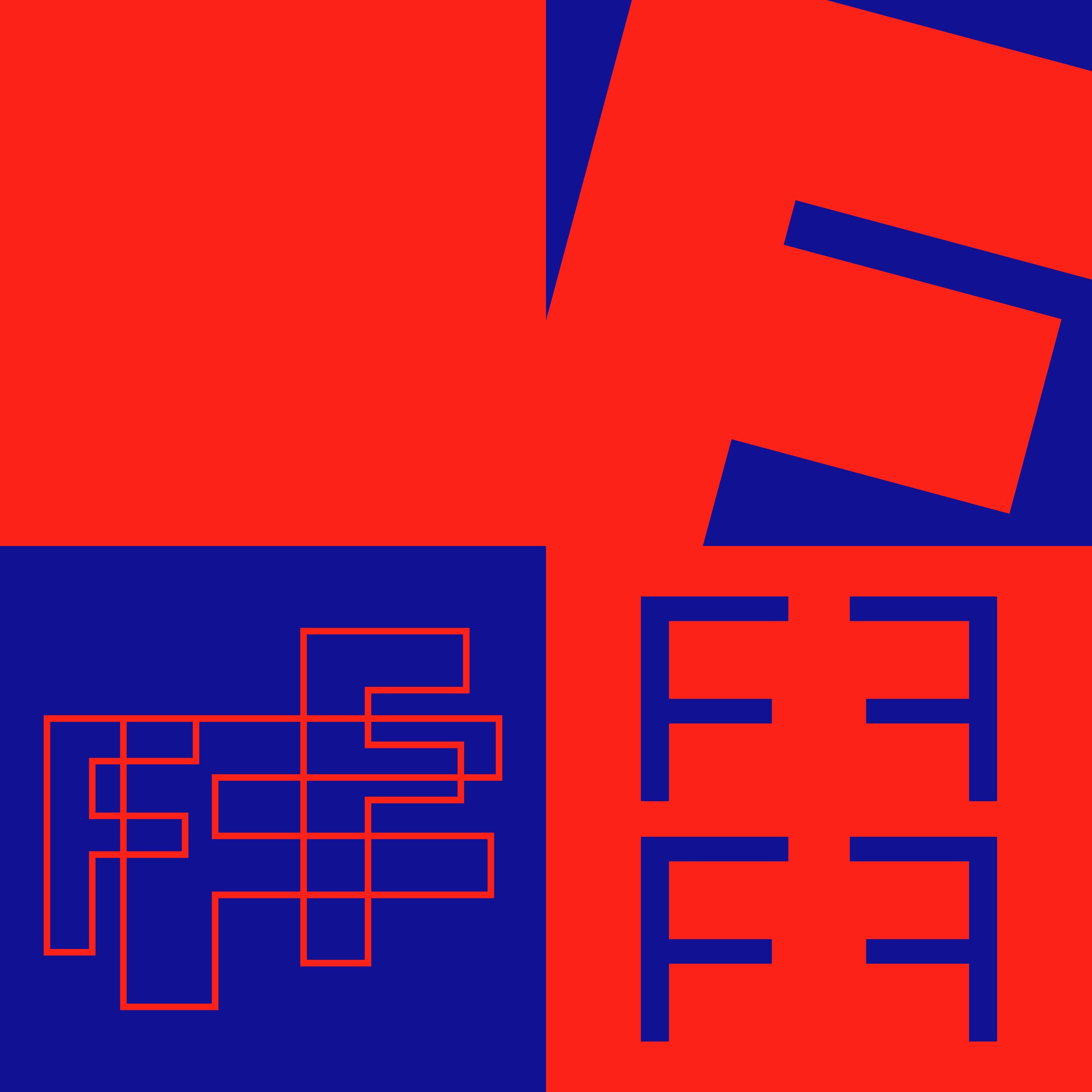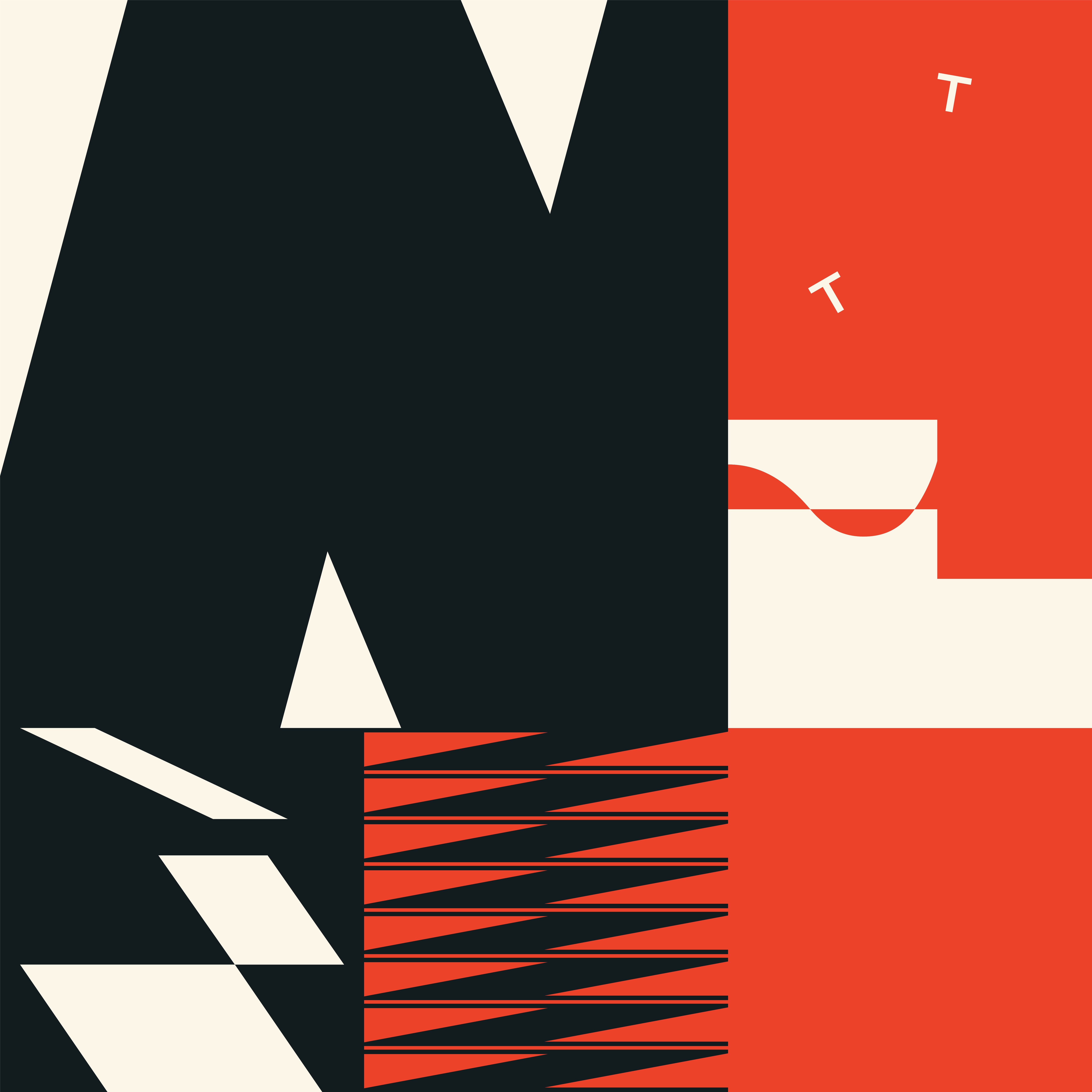Sotheby’s is making strides. The same art auction house behind several recent major nonfungible token (NFT) sales has just made Met Breuer’s old Madison Avenue building its home, and on July 26, it is launching an on-chain Gen Art program powered by generative arts platform Art Blocks.
A sale of NFTs by early algorithmic art maker Vera Molnár will christen the program. She teamed up with artist and programmer Martin Grasser to produce Themes and Variations, the auction’s series of 500 unique generative works of art. Overall, it “expresses the seamless integration of letters as pure abstract forms,” says one release, “as well as Molnár’s affinity for embracing disorder.”
“Sotheby’s Gen Art program is powered by Art Blocks Engine,” Art Blocks founder and CEO Erick Calderon told Cointelegraph, “which gives partners access to Art Blocks smart contracts and rendering infrastructure to create their own generative projects.”

Vera Molnár, Themes and variations, randomly generated test coin, 2023. Source: Molnár
“All sales of the Gen Art program will be completely on-chain and in ETH only,” Sotheby’s head of digital arts and NFTs, Michael Bouhanna, told Cointelegraph. “With the integration of the Art Blocks Engine, the Gen Art program marks our first digital art auctions to be held exclusively in ETH. Since moving from Sotheby’s metaverse to fully on-chain in May when we announced our new secondary market, it felt like a natural step to start exploring more sales options that could be fully on-chain,” he added. Last week’s announcement also pre-dated a Web3 summit at Christie’s by several days.
Magazine: Tokenizing music royalties as NFTs could help the next Taylor Swift
Art Blocks has previously collaborated with traditional art heavyweights such as the New York gallery Pace. The platform hooked up with Sotheby’s last fall “but didn’t immediately have a project in mind,” Calderon said. “That came to light [Art Blocks] Engine would be a perfect fit to build them out [Sotheby’s] generative art platform after committing to work with Vera Molnár early this year.”
Sotheby’s will hold this opening auction as a Dutch auction for the first time in the house’s 300-year history. Art Blocks has historically used that model on its platform. Unlike a more traditional auction, where prices start low and go high, prices at a Dutch auction start high and go low. The first bid wins the lot, so there are no dramatic bidding wars here. Sotheby’s says the model introduces new psychology. The ceiling price for works during this week’s Molnár sale is 20 Ether (ETH).

Vera Molnár, Themes and variations, randomly generated test coin, 2023. Source: Molnár
With high-profile strategic partnerships, Art Blocks has built a business strong enough to withstand the well-known volatility of NFTs. Sotheby’s, meanwhile, has turned the demise of one of the largest crypto institutions into huge profits. This spring, it hosted a series of auctions of Three Arrows Capital’s legendary blue chip NFT collection that crushed the estimates.
Notably, Dimitri Cherniak’s Ringer #879 “The Goose” — which made its auction debut at Phillips last summer — sold for $6.2 million, despite its lofty $3 million estimate. Many take those estimates with justified skepticism, but Cherniak’s work turned out to be the second most expensive digital art ever sold. “Editions from the same series were selling just moments later for less than $200,000 each,” noted Forbes.
This spring’s financial successes showed that now is the time to launch the Gen Art program, Bouhanna said. “We held our first auction dedicated to generative art in April 2022, and given the strong results of that sale, it was clear that collectors could see the art history lineage of generative art and why it is so important, not only for digital art, but also for contemporary art.”
“The Gen Art program will open up many new opportunities for us, namely the ability to now work directly with leading artists to showcase exclusive new sales,” he continued.
The initiative also expands the house’s growing Web3 presence. Specifically, this program will focus on taking generative art in long form to the next level – working large series from a central algorithm.
Recent: XRP Court Marks Milestone, But New Crypto Law Could Take Years
Calderon believes respect for the medium is rapidly rising in the art world: “Part of the reason for that is that blockchain technology itself is taking a backseat to the content being created. […] We will talk less and less about the technology behind generative art and more about the art itself.”
“Having spent decades exploring how systems and computers can generate artistic output, I see this collaboration with Sotheby’s and Art Blocks as a culmination of those efforts,” said Molnár himself, “providing a new way to generate never-before-seen, unique abstract forms dictated by the controlled randomness of machine programming – the essence of the algorithm.”
